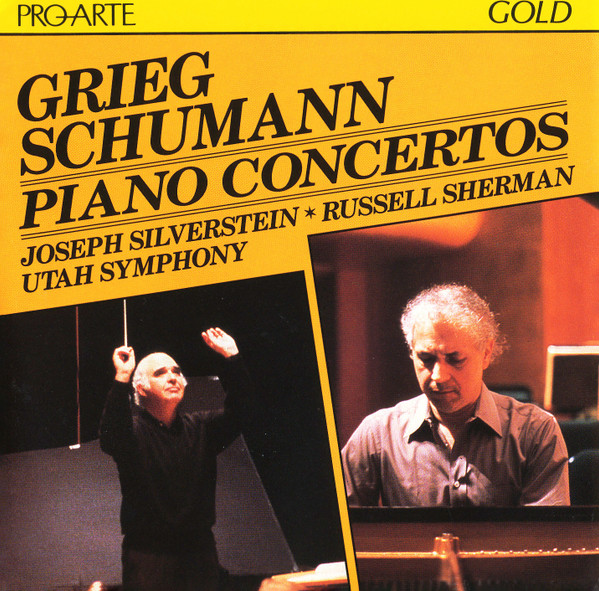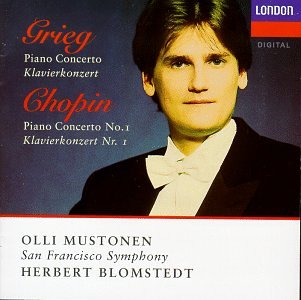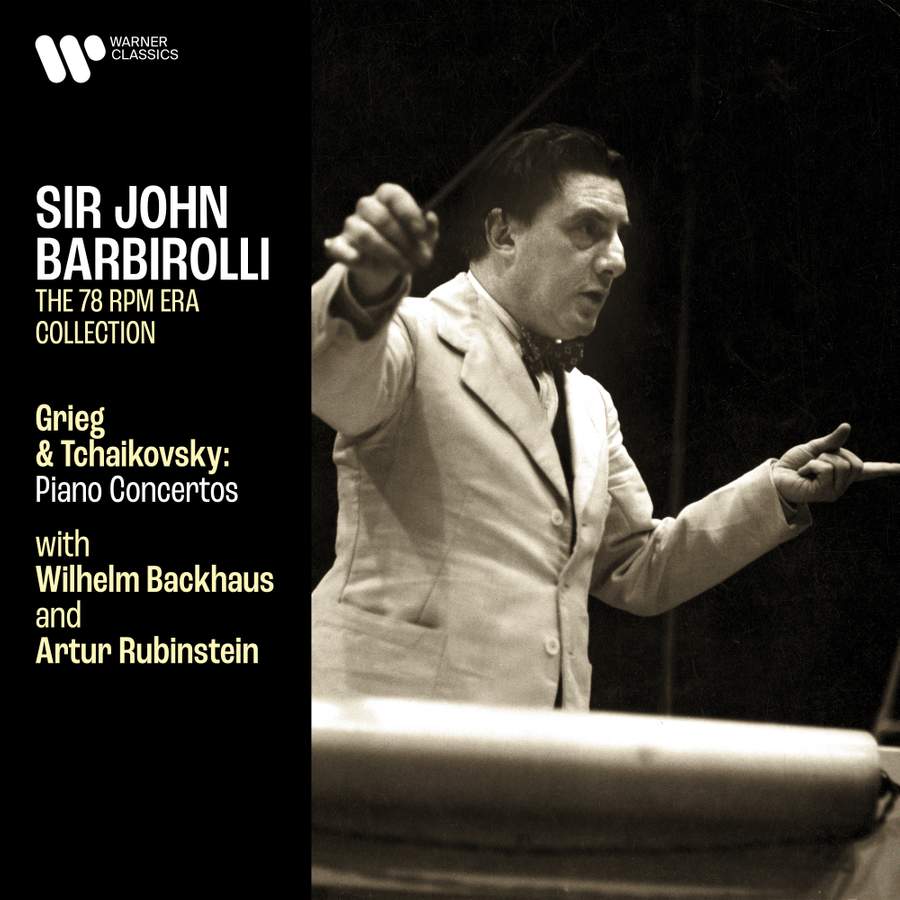Todd A
pfm Member

From a lion of the past to a lion of the present, Joseph Moog with frequent collaborator Nicholas Milton and a long named German band. Moog in person is the most poised pianist I’ve seen – he made Hamelin seem discombobulated, and the Canadian was cool as a cucumber. Moog can play anything. Here, the open is conventional tight timps followed by large scale playing by Moog, before settling into a somewhat laid-back take on the opening movement. (Coming after the ’65 ABM is sure to result in such an impression.) Moog holds back, playing fast, slow, lovely, quiet, loud, whatever, and a sense of restraint and propriety permeates the take. When he plays with unabashed speed at just after six minutes, he rivals ABM and may sound more effortless than Ott. He starts the cadenza slowly then glitters his way through some passages. The slightly broad Adagio allows the band to play with lovely string tone, and it finds Moog delivering beautiful and clear playing. No need to unduly thicken the music here. The finale demonstrates high octane, if Apollonian playing from the soloist, and fine, clean support from the band. There’s much to enjoy here, but it’s not a top tier take. Moog is young now, and was even younger when this was recorded and, unfortunately, nominated for a Grammy. Perhaps he can revisit and up his formidable game.











